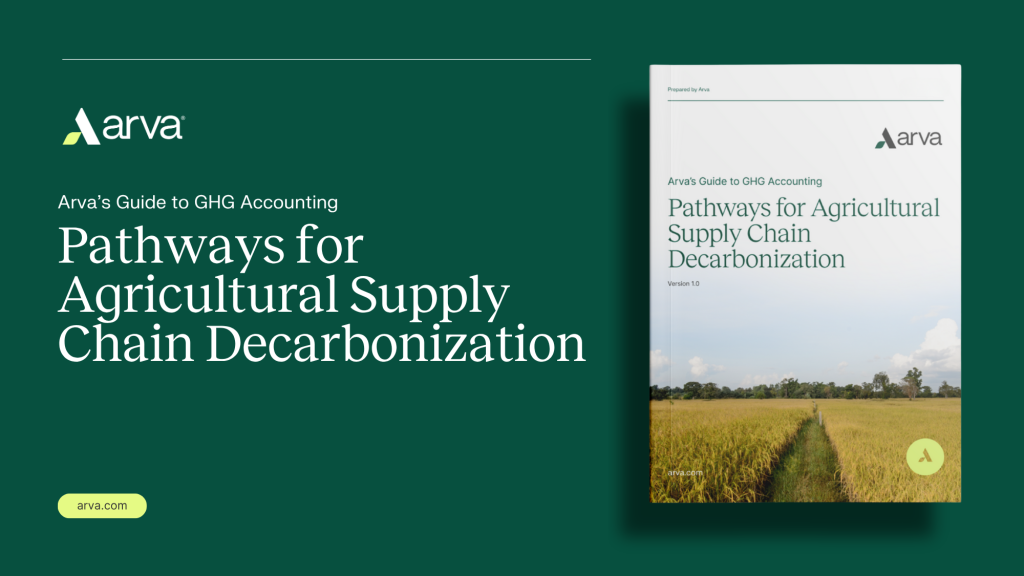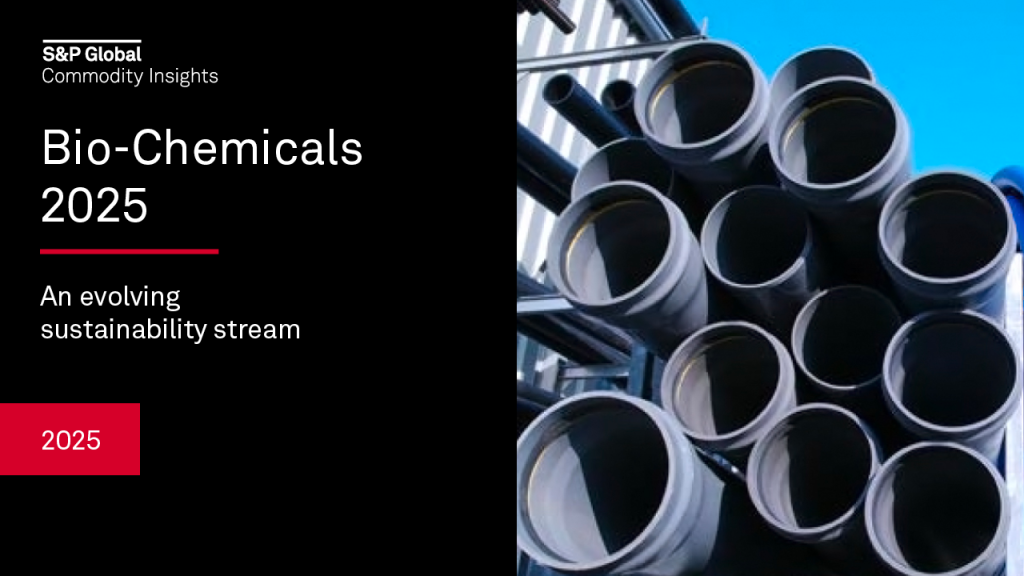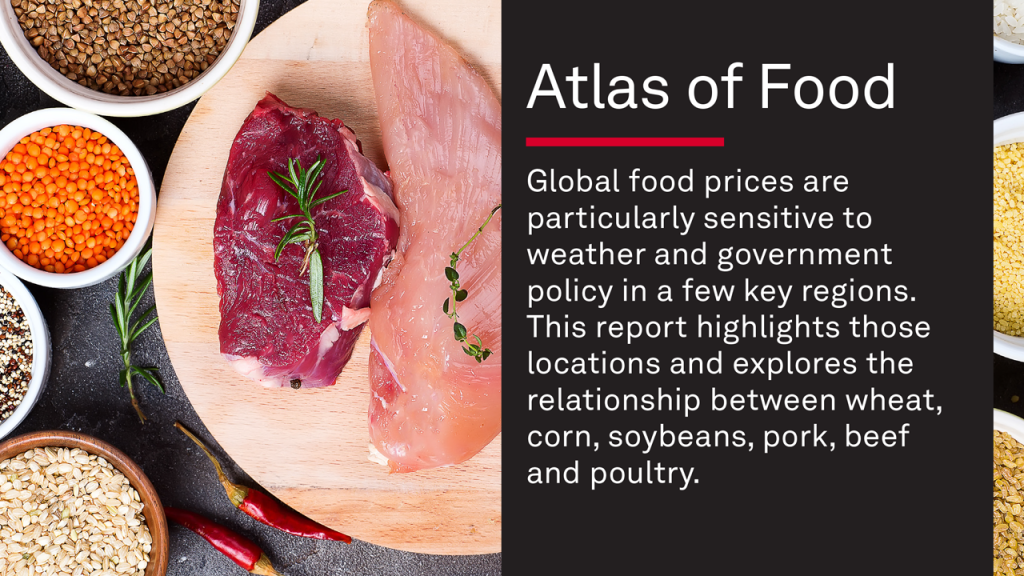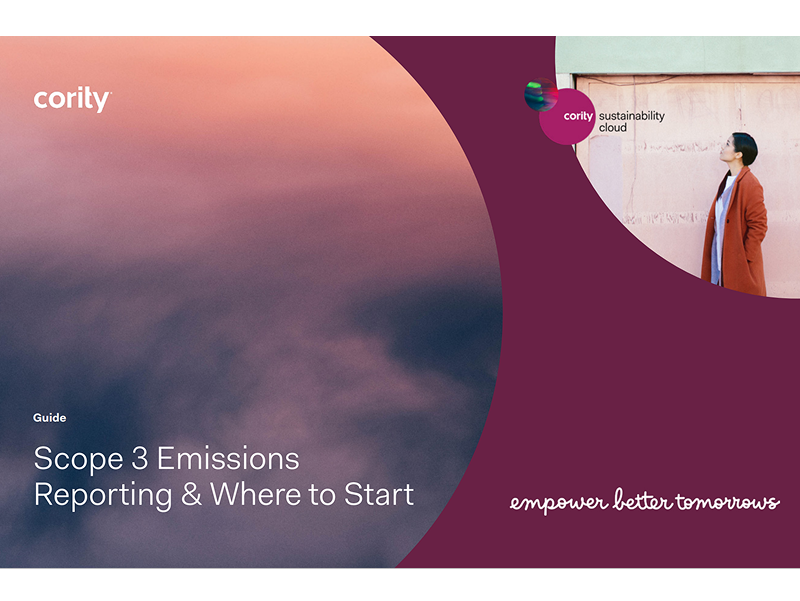PepsiCo and Etsy are trying a new way to track emissions reductions
New methodologies from the Task Force for Corporation Action Transparency offer tools to measure investments meant to reduce supply chain emissions. Read More

- Corporations have no standard way of reporting the impact of many actions they’re taking to reduce emissions.
- The new guidance comes from a group including former climate strategists from Amazon, Meta, Netflix and Salesforce.
- Feedback on the tools will be sought in early 2026.
Aldi, Etsy, Netflix, PepsiCo, REI and Weyerhaeuser are among more than a dozen companies testing a new methodology for disclosing the impact of climate initiatives, including replacing diesel vehicles and investing in low-carbon aviation fuel.
The guidance comes from an independent group of greenhouse gas accounting experts, led by former sustainability pros from Netflix and Amazon and formally known as the Task Force for Corporate Action Transparency. Their tools, published in late September, are meant to complement other reporting frameworks.
For example, rules from the widely used standards body Greenhouse Gas Protocol outline ways to report on actions to mitigate electricity consumption, which fall under Scope 2. They don’t address methods for discussing the impact of other activities aimed at reducing emissions such as insulating buildings, replacing diesel trucks with electric vehicles, reducing methane emissions from livestock and closing down a business unit as part of a merger.
Those methods often relate to Scope 3, which covers emissions from a company’s business partners and customers.
“I would underscore the idea that there has been an explosion of these instruments,” said Chris Davis, a former Amazon executive, interim director for the Task Force for Corporate Action Transparency. “The avenues for progress have outpaced the ability to talk about it.”
“Companies are becoming more sophisticated, and in trying to meet their targets, they are implementing various programs to reduce emissions in their operations and supply chains,” said Noora Singh, senior director of sustainability at PepsiCo. “Unfortunately, the current standards and approaches lack the level of detail and sophistication needed to reflect or record these activities in reporting.”
Common frustration
The lack of disclosure guidance threatens to stall the adoption of approaches emerging to support the adoption of technologies such as sustainable aviation fuel and zero-emissions vehicles. These methods allow corporations to “claim” the environmental benefits related to buying into specific projects or contracts, even if they aren’t directly using the services.
“Under existing standards, it’s unclear how companies can participate,” said Sam Brundrett, environmental impact lead at Etsy. “That ambiguity doesn’t just create hesitation; it threatens to stall action altogether precisely when speed and scale matter most.”
Etsy’s role as a marketplace makes it difficult to directly control emissions reductions, he said.
The Task Force for Corporate Action Transparency was born two years ago through informal discussions. “When I was at Netflix implementing and building our strategy, I wanted to start reporting on all these things we were doing, and I was looking for disclosure guidance,” said Alexia Kelly, now managing director of the carbon policy and markets initiative at High Tide Foundation. “There was no uniform guidance.”
The group’s initial guidance was written to stand up to third-party assurance by organizations that verify ESG disclosures. It includes:
- Mitigation Action Accounting and Reporting Guidance, which outlines ways to disclose on initiatives not covered under GHG Protocol rules.
- Target Accounting and Reporting Guidance, a framework for accounting for progress against voluntary climate targets.
PepsiCo is particularly interested in using the methods for reporting on emissions reduction programs that don’t fall into Scope 2. “We have a number of initiatives, whether it’s upstream in our ag supply chain for fertilizer production, third-party transportation switching to alternative or electric vehicles or various on-farm practices, and it would be helpful to test all of these using that accounting document,” Singh said.
What’s next
The group enlisted corporate reporting professionals to test its guidance in 2025 and 2026; it may add a few others aside from the dozen-plus companies already committed to the pilot, said Davis.
The task force also plans to solicit feedback through public consultation in early 2026, with a view to publishing updated versions of these documents late next year, Davis said.
The group is aligning its guidance to updates under way at the GHG Protocol, which is revising many of its rules as part of an extensive overhaul, Davis said. It is also in conversation with other standards bodies including the Science Based Targets initiative, the Integrity Council for Voluntary Carbon Markets, the Center for Green Market Activation, the California Air Resources Board and the Voluntary Carbon Markets Initiative.
“The hope is not that this becomes the definitive solution but rather that the established standards, once updated, will adopt some of the approaches proposed by [the task force] and incorporate them into official guidance,” said Singh.
“We want to inform existing systems and move forward,” Kelly said. “We just want this problem solved.”

Subscribe to Trellis Briefing
Featured Reports
















